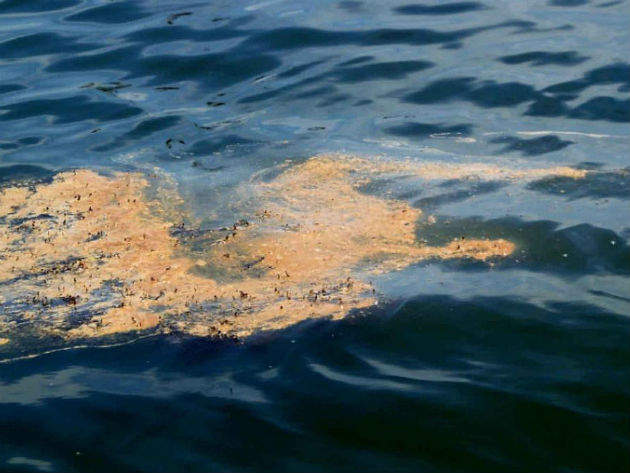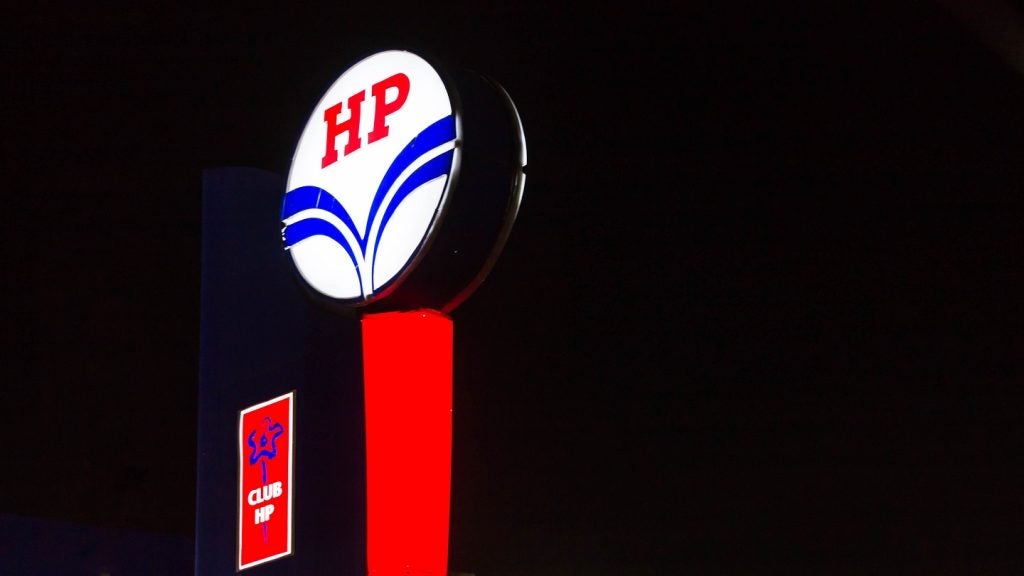
Leaks from offshore oil rigs often go undetected for a long time, as even seemingly large quantities of oil are immediately diluted by the surrounding water. Previously developed sensors have lacked the precision to quickly and accurately pick up on oil leaks because of this, often allowing gradual oil releases into the surrounding ecosystem for months at a time.
In a bid to tackle this problem, the Norwegian Geotechnical (NGI) teamed up with Kjeller Innovation to develop a polycyclic aromatic hydrocarbon (PAH) sensor. It is able to collect precise data and make it digitally available in real time to operators monitoring it on the rig.
It is hoped that the increased monitoring capacity provided by the sensor will help tackle oil leaks and help prevent the environmental and economic disasters they can cause. But what makes it different to previous methods?
A more precise sensor
NGI’s new sensor is based on years of research conducted as part of the IMiRO project. Funded by The Norwegian Research Council this project was designed to investigate in-situ monitoring of hydrocarbons within water.
The PAH sensor differs from previous techniques for monitoring oil leaks because it is better able to separate pollutants from background hydrocarbons, and then provide a constant stream of information to the rig.
See Also:
“The thing that is new with this sensor is that there is a separation of background hydrocarbons and potential leaks before the final measurement is done, which looks at the concentration of the PAH of the sea, to identify those which are toxic compounds that would be dissolved in the water during an oil spill,” says NGI's project manager and technical lead for contaminated sediments Espen Eek. “This is based on similar principles as earlier methods but with an extra step that improves the method significantly.”
How well do you really know your competitors?
Access the most comprehensive Company Profiles on the market, powered by GlobalData. Save hours of research. Gain competitive edge.

Thank you!
Your download email will arrive shortly
Not ready to buy yet? Download a free sample
We are confident about the unique quality of our Company Profiles. However, we want you to make the most beneficial decision for your business, so we offer a free sample that you can download by submitting the below form
By GlobalDataBackground hydrocarbons
One of the problems sensors have previously faced has been the background levels of hydrocarbons in oceans. Worldwide 40% of oil found in the water comes from natural seeps in the ground, and within North American waters as much as 60% of oil in the water has seeped up from underground.
Alongside naturally occurring oil there is that which comes from human activity unrelated to oil production. Oil from on land vehicles is washed into oceans through rain water, and recreation boats and jet skis often leak oil. These leakages are very hard to quantify as an estimated 80% of spills go unreported, and a still greater amount unnoticed.
Because of these background hydrocarbons, previous sensors have struggled to precisely identify leaks from oil rigs. “One of the problems has been the lack of separation that make sensors very vulnerable to other compounds naturally occurring in the water and that are not coming from the oil spills,” says Eek. “There are various natural organic matters actually in the seawater that are potentially damaging to such measurements. It is why it's necessary to have a more precise method that is at the same time more intricate.”
By taking into account the levels of hydrocarbons present within the water at any time, the PAH sensor identifies changes caused by leaks more accurately.
The information about the background hydrocarbons is also hoped to provide a greater general understanding about the waters surrounding offshore rigs. “More precise environmental monitoring will mean you're able to see which oil producing units cause the least or most environmental impact and you can use information,” explains Eek.
This information could inform the design and implementation of future rigs to ensure they have a minimal impact on the surrounding environment.
Collaboration for commercialisation
The NGI now has a prototype of the sensor ready for testing over the course of the next year. “Our plans are to test the prototype in the near shore environment this year and then begin offshore testing next year,” says Eek. “It's really exciting to see how it's all turned out, and to get it from the lab to the sea is the last, important step.”
Testing will initially begin in the Olsofjord, an inlet in south-eastern Norway, and if it proves successful the sensor will be placed in a fully operational oil field. Its creators are hoping that it will become commercially available within the next few years, helping to minimise oil leaks through early detection and recognition of the most environmentally friendly practises.
It is here that the collaboration between NGI and Kjeller is particularly important. “Collaborating with Kjeller Innovation has been great because we at NGI have a more technical and environmental focus, a chemical technical focus, and they have a greater focus of commercial marketing,” says Eek. “So we can just focus on the technical aspects and they will work more with the marketing and the funding part of the project.”
Putting an end spills and leaks
Globally there are 496 offshore oil and gas rigs in operation today, and operators have made extensive efforts to prevent oil spills. But given the extreme conditions in which they operate, this remains an ever-present challenge.
Oil leaks from rigs tend to have a smaller visual impact than oil spills, the largest of which happened during the Gulf War when Iraqi forces released between 252 and336 million gallons of oil into the Persian Gulf. The environmental effects of such a spill are colossal.
Whilst the result of an oil leak is less dramatic, it is nevertheless damaging to the surrounding environment. Even small amount of hydrocarbons can be poisonous to sea creatures and plants. However, because they have been so difficult to track previously, the true effect of constant low-level hydrocarbon pollution is largely unknown.
In April 2016, an oil rig off the coast of Australia leaked an estimated 10,500 litres over the course of two months. This leak, amounting to 175 litres a day, went unnoticed over the course of the period as works were taking place on the rig. Oil production was therefore halted, as were the hydrocarbon tests within the surrounding waters which would normally have taken place. The leak occurred due to erosion of a well seal, and has drawn criticism from environmental agencies around the world such as Greenpeace Australia. It is events such as this that NGI and Kjeller are particularly hoping the PAH sensor will put an end to, as the leak could have been picked up on much faster with constant monitoring.






